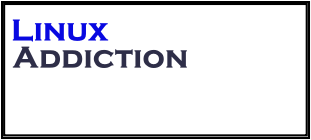When writing any kind of specifications for Linux, the following are core and key aspects to include:
1) Benefits of the command, functionality, process, tool, utility etc.
2) Cost of the command, functionality, process, tool, utility etc.
3) Requirements of the command, functionality, process, tool, utility etc.
4) Functional specification of the command, functionality, process, tool, utility etc.
5) High level design of the command, functionality, process, tool, utility etc.
6) Low level design of the command, functionality, process, tool, utility etc.
7) Test specification of the command, functionality, process, tool, utility etc.
8) Future roadmap of the command, functionality, process, tool, utility etc.
